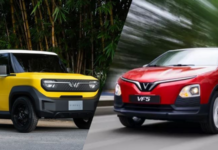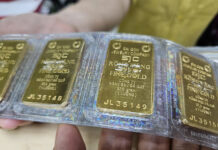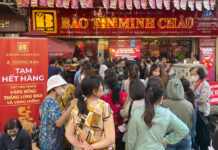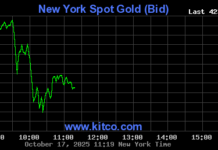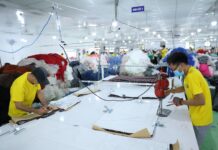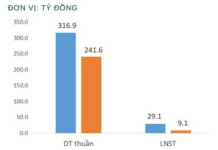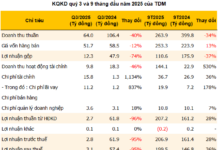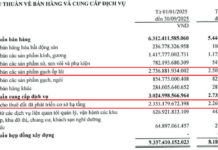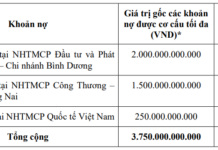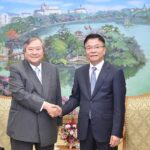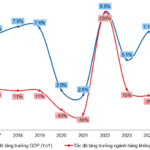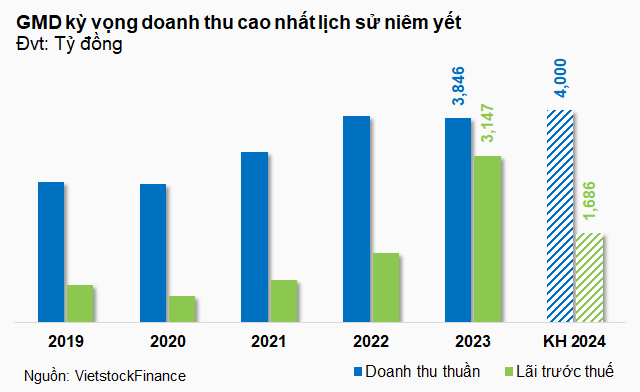The journey of 7-Eleven Japan buying back its American parent company is a story of sales art, logistics, and creating a whole convenience store culture.
Cluttered Stores
7-Eleven is a well-known Japanese convenience store chain famous for its rice balls, sandwiches, and shaved ice syrup.
Now, foreign investors have never been more interested in this supermarket chain. The Couche-Tard Group, which owns Circle K, has offered to buy a controlling stake worth $47 billion.
Of course, Japanese shareholders are not easy to convince, as the total value of 7-Eleven is estimated at up to $80 billion, not to mention the cultural values that the supermarket represents for Japan.
Take the example of shaved ice syrup; with just $1-2 per cup, 7-Eleven sold 153 million cups in 2023.
7-Eleven’s parent company, Seven & i, based in Tokyo, has 85,000 stores across 19 countries, creating a cultural icon that has become a source of pride for Japan.
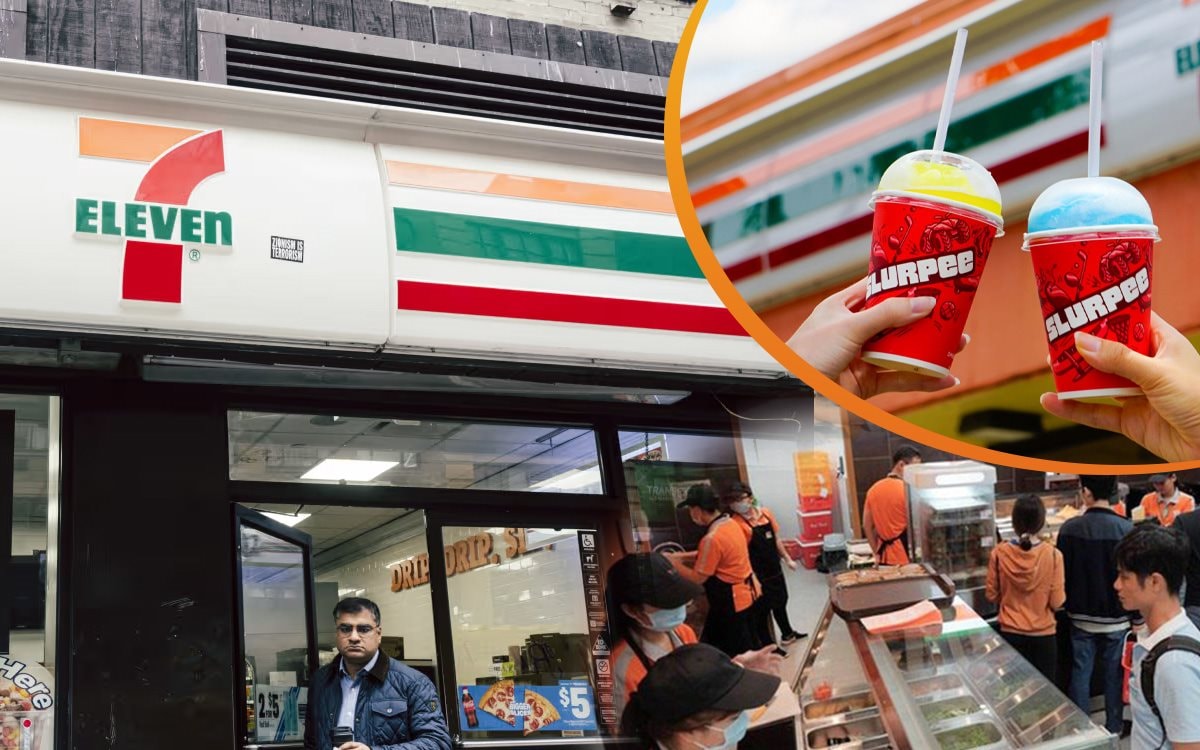
Therefore, Seven & i rejected Circle K owner’s initial offer because the Japanese did not want their rice balls and other beloved local dishes to be interfered with by foreigners.
Ironically, 7-Eleven was born in the US, not Japan. It wasn’t until the 1990s that a Japanese company bought the supermarket and turned it into the world’s largest convenience store retailer thanks to its advanced inventory management and logistics systems.
The green and orange trademark of 7-Eleven is everywhere, with characteristic dishes such as Japanese rice balls and chicken sandwiches.
Although each 7-Eleven store is not as large as Walmart or Target and even looks cluttered and cramped, about 3,000 products at each branch are carefully selected based on detailed data, allowing each store to adjust to the habits and tastes of the local people.
For example, some branches sell more cookies, while others sell craft beer to cater to local tastes.
Then, the fresh food and excellent logistics of 7-Eleven brought profits in the retail food sector, a very challenging field in the industry.
However, the Covid-19 pandemic, inflation, and declining consumer spending have affected 7-Eleven.
Seven & i’s stock fell 13% in the 12 months before Couche-Tard made its initial offer in August 2024.
In October 2024, Seven & i lowered its profit forecast for the current fiscal year by 40% to $1.09 billion due to inflation.
Texas Origin
Before changing its name to 7-Eleven, the supermarket chain was known as Southland Ice Co. and was founded in Dallas, Texas, USA, in 1927 by Joe C. Thompson and some partners.
Initially, the company sold ice cubes but soon expanded to include groceries, tobacco, gasoline, and other products at the suggestion of an employee.
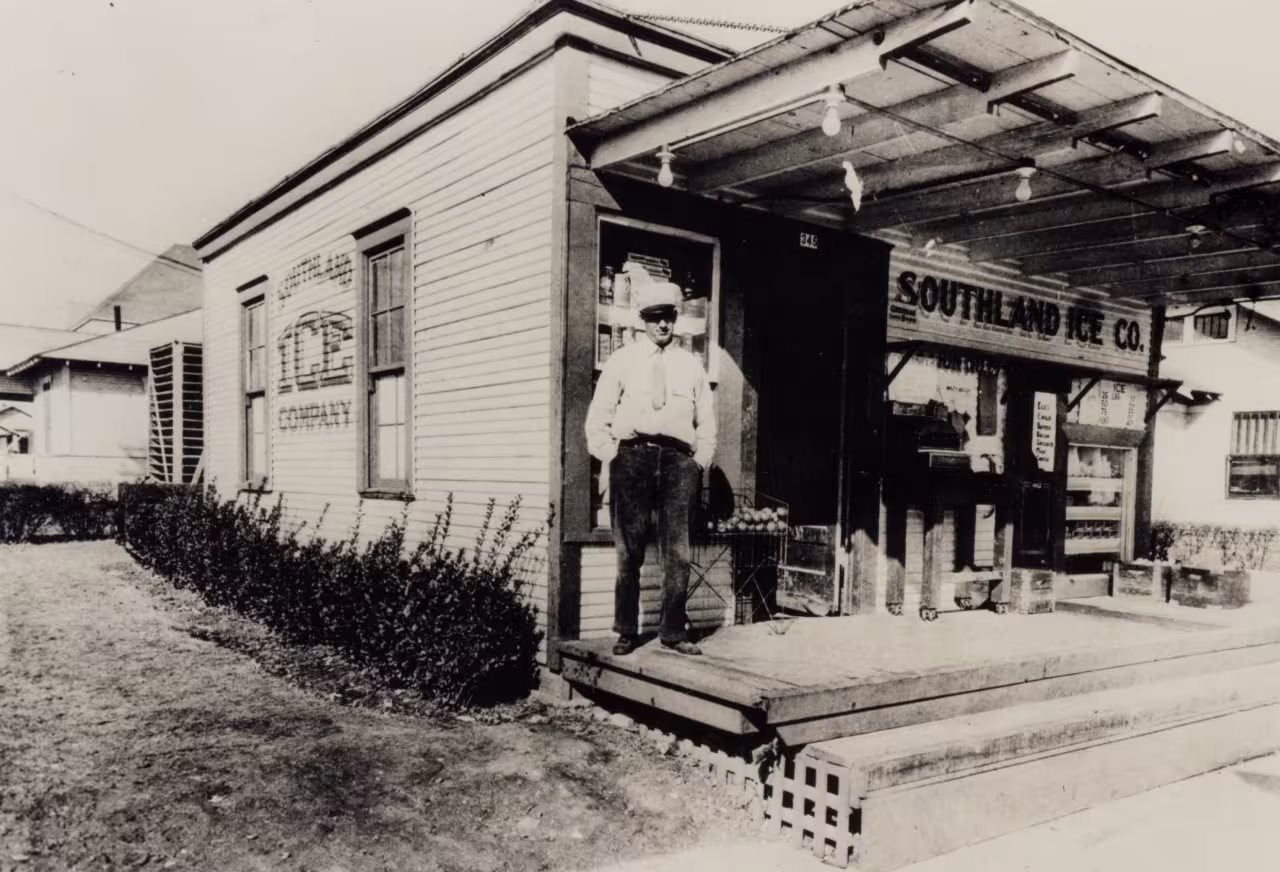
In addition, the company also started using franchise agreements to open more branches across the US.
After extending its operating hours from 7 am to 11 pm, the chain decided to change its name to 7-Eleven in 1946.
In 1959, Kansas inventor Omar Knedlik and business partner Dean Sperry perfected a frozen drink machine, and just six years later, 7-Eleven invented the famous shaved ice syrup drink called Slurpee.
7-Eleven was also the first to successfully test the 24-hour opening model to sell to college students and young people at night in the US. Since then, 7-Eleven has had its own successful formulas.
“7-Eleven truly represents the American dream in many ways,” said former 7-Eleven CEO James Keyes in the early 2000s.
The chain was also a pioneer in combining retail with gas stations and deploying ATMs.
Former CEO Keyes said that 7-Eleven’s franchise program was once a famous path for many immigrants who wanted to start a business in the US.
In 1968, 7-Eleven’s parent company, Southland, went public to raise capital to expand to 8,200 stores by the end of the 1980s.
However, due to the financial crisis, the founding Thompson family privatized Southland in 1987 through a buyout to avoid a takeover. Still, 7-Eleven’s owner had to sell assets to pay off debts.
Finally, in the 1990s, 7-Eleven filed for bankruptcy, and this was when the Japanese appeared.
Suzuki from Japan
In 1974, a little-known Japanese retailer opened a 7-Eleven branch in Tokyo. This store, which is still operating today, marked the beginning of an unexpected role reversal.
The formation of the 7-Eleven chain in Japan over two decades has grown large enough to buy back and take over its older American parent company.
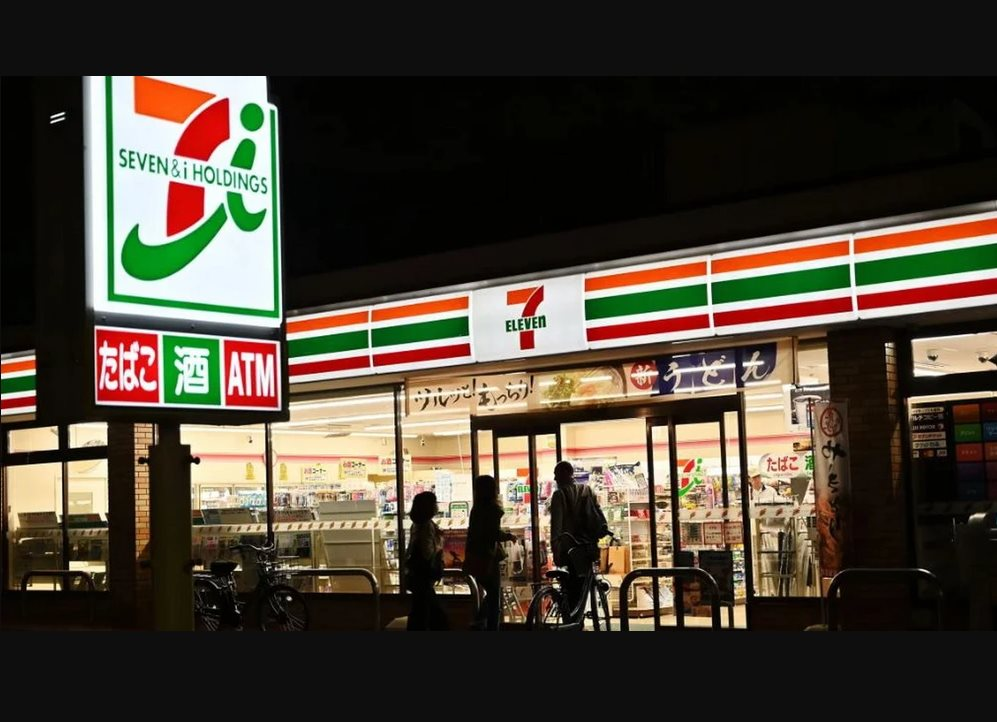
Going back to the early 1970s, Toshifumi Suzuki was a mid-level executive at a company called Ito-Yokado, which managed a chain of general retailers similar to Walmart in Japan.
When visiting the US, Suzuki was attracted by the 7-Eleven stores with their cramped and cluttered branches but extremely effective understanding of local tastes.
Therefore, Suzuki negotiated a licensing agreement with Southland to open stores in Japan.
Since then, Suzuki’s 7-Eleven stores in Japan have quickly increased, initially featuring sandwiches and sandwiches.
While 7-Eleven stores in the US are famous for Slurpee, Japanese locations have introduced rice balls and a traditional local dish called Oden.
Like Southland, Suzuki experimented with operating strategies to give 7-Eleven an edge.
Initially, up to 70 trucks delivered goods to 7-Eleven stores in Japan daily, causing traffic jams. Therefore, from 1976, the company developed a new system that centralized the delivery of goods from multiple brands and suppliers, allowing the chain to replenish store inventory with fewer than ten trucks today.
In 1982, 7-Eleven in Japan introduced an item-based inventory management model, using computers to help stores order only what was necessary based on real-time sales data, reducing waste.
Thanks to this excellent logistics and inventory management, Suzuki could emphasize fresh products, frequent replenishment, and a diverse product portfolio, including ready-to-eat meals tailored to local tastes, giving 7-Eleven Japan a significant advantage.
So while this chain was thriving in Japan, Southland went bankrupt, and Suzuki didn’t miss the opportunity.
In 1991, Suzuki’s Japanese company bought 70% of 7-Eleven’s parent company, and the rest in 2005.
Global Fame
When restructuring 7-Eleven stores in the US, Suzuki was shocked at the state of many branches. These convenience stores were dimly lit and dirty, with beer, cigarettes, and soda boxes piled up in the aisles.
“These look more like warehouses than supermarkets,” Suzuki wrote in his memoir, recalling this time.
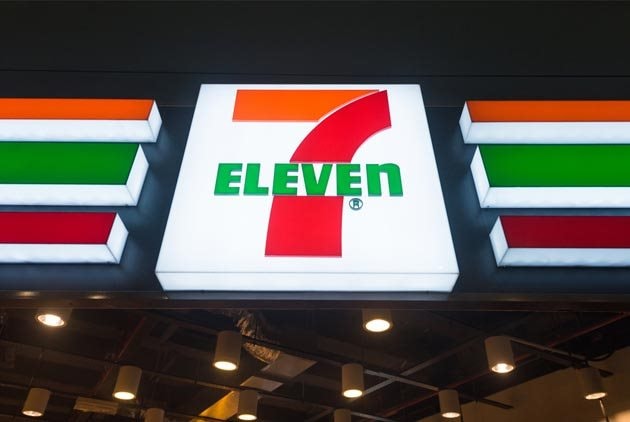
Determined to make changes, the Japanese man launched a series of drastic reforms within three years, turning a bankrupt supermarket chain into an American cultural icon and bringing pride to the Japanese people.
One of the typical reforms is the operating structure that empowers each store manager to decide on the products to be sold and the delivery schedule.
For example, stores on university campuses can sell more beer and potato chips, while federal highway locations can sell more auto supplies and sunglasses.
In addition, 7-Eleven branches will monitor daily sales and collect demographic information about local customers.
The stores also use a distribution system in which franchisees place daily orders based on the company’s recommendations for best-selling items nationwide and regionally.
In particular, 7-Eleven has raised its standards for suppliers, especially in food. 7-Eleven’s snacks are often popular in the local area because they understand local tastes.
For example, 7-Eleven in Virginia specializes in chicken sandwiches and jalapeno steak sandwiches, local favorites.
Former CEO Keyes said this model makes 7-Eleven more flexible than competitors who rely on a centralized ordering system.
Numerator data shows that 7-Eleven currently accounts for nearly 2% of US grocery sales, more than Trader Joe’s or Whole Foods.
Even 7-Eleven’s strategy has been particularly successful in Asia. For example, in Thailand, which has the second-largest number of 7-Eleven stores after Japan, branches often feature many traditional Thai dishes such as Thai-style chicken curry.
Twenty Years of Craving
Across the Pacific, a rival has been eyeing 7-Eleven for nearly 20 years.
The Canadian company Alimentation Couche-Tard started as a single convenience store outside Montreal in 1980 and has since grown to 16,800 stores across 31 countries, including Canada, Scandinavia, Germany, Hong Kong, and the US.
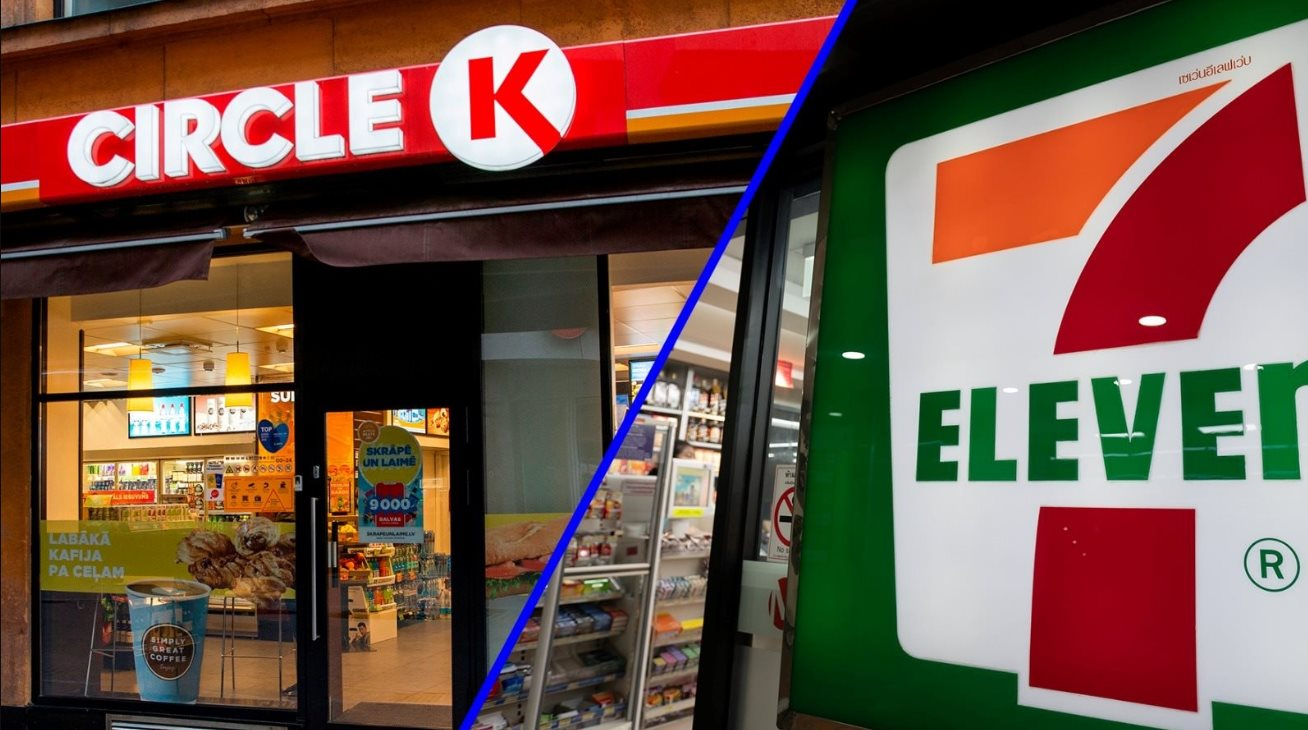
The company’s founder and CEO, Alain Bouchard, built the company through a series of acquisitions, including Total Energies’ retail chain in Europe and ConocoPhillips’ Circle K convenience stores in the US.
So it’s no surprise that Bouchard has been interested in 7-Eleven for the past 20 years, witnessing the successes of this Japanese supermarket icon.
In fact, Bouchard informally approached Seven & i executives in the early 2000s to assess the possibility of a deal but was turned down.
Failing to acquire 7-Eleven, Bouchard decided to copy the Japanese supermarket’s success by diversifying his chains, selling more fresh food instead of just tobacco, which only accounts for 12% of Alimentation Couche-Tard’s sales.
It is worth noting that fresh food accounts for about a third of 7-Eleven’s sales in Japan.
The US is Couche-Tard’s largest market, where the company has more than 7,100 stores operating under the Circle-K brand, second only to 7-Eleven’s nearly 13,000 stores.
Couche-Tard made its opening offer to Seven & i this summer, proposing a $39 billion buyout.
Seven & i’s market capitalization was equivalent to about $30 billion before Couche-Tard publicly confirmed its offer, but the company rejected the deal, believing it “significantly undervalued” the company.
Couche-Tard then raised its bid to about $47 billion, but Seven & i is still opposed.
Couche-Tard’s CEO, Alex Miller, and Bouchard traveled to Tokyo in October 2024 but could not meet with Seven & i executives.
Last month, Seven & i’s CEO, Ryuichi Isaka, said the company had “significant global growth potential” and aimed to nearly double revenue to around $200 billion by 2030. He also announced a restructuring plan, including spinning off non-core businesses, including supermarkets.
Then, a Seven & i executive, Junro Ito, proposed privatizing the company to avoid foreign investor interference.
However, selling or privatizing is a difficult decision as Seven & i is under tremendous pressure.
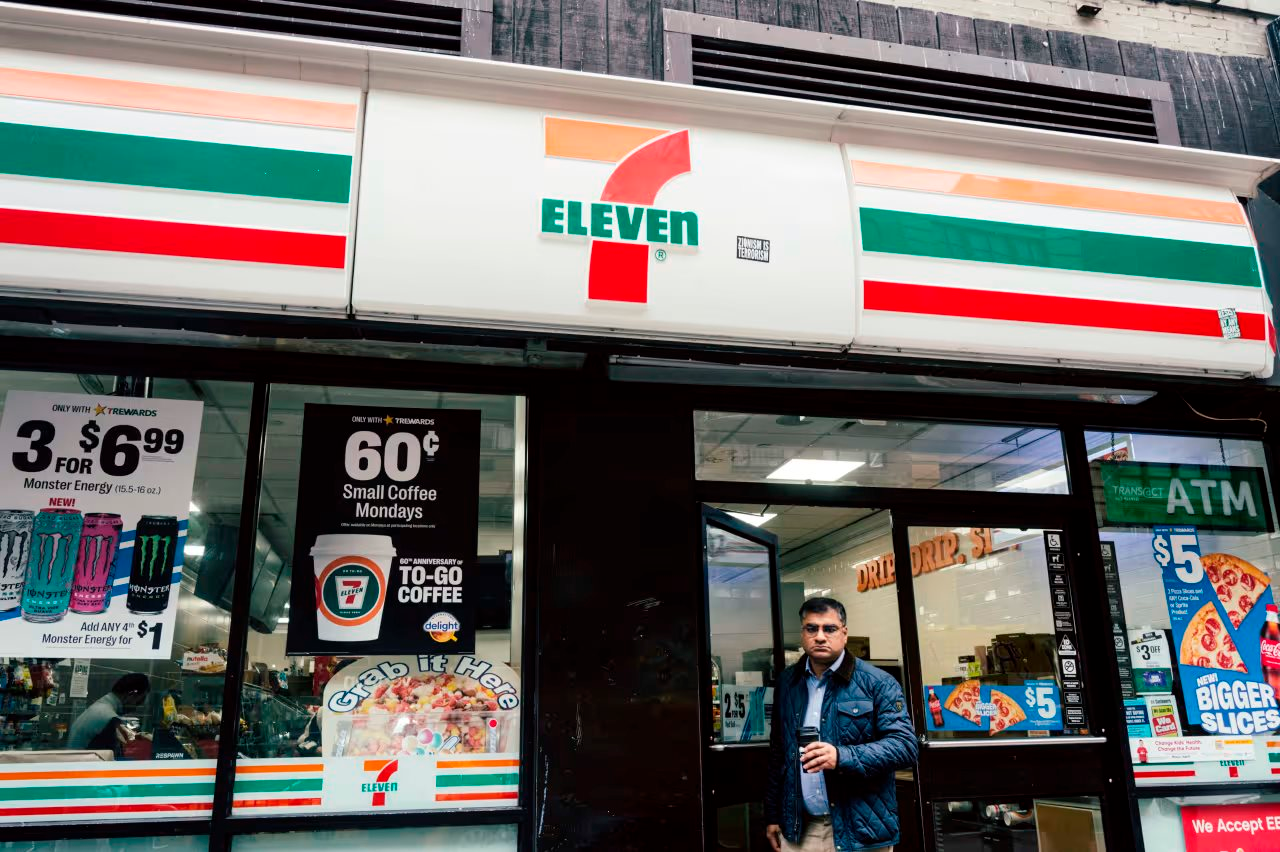
In October 2024, 7-Eleven executives announced plans to close nearly 450 locations in North America to cut costs due to declining consumer spending caused by inflation.
The company said tobacco sales had fallen 26% since 2019, the lowest in 80 years.
Over the past year, 7-Eleven has tried to improve some of its branded products and sell more specialty drinks such as cappuccino and latte, thereby diversifying beyond gas and tobacco sales.
In this context, can the Japanese icon withstand the money of foreign investors? Will 7-Eleven and Circle K have the same owner?
*Source: WSJ
“Co.opSmile’s Niche Market Conquest: Hospitals and Schools”
From now until December 11, 2024, the modern department store chain Co.opSmile, under the Saigon Co.op, is excited to announce its 8th-anniversary celebrations with the theme “Solidifying Our Brand, Millions of Smiles.”
Deputy Prime Minister Le Thanh Long Meets with Japan’s Leading Healthcare Group
On November 15, Deputy Prime Minister Le Thanh Long received Mr. Takagi Kuninori, Chairman of the IHW (International Health and Welfare) Healthcare Group, at the Government Headquarters. IHW is a leading non-profit healthcare organization in Japan, comprising a medical university, hospitals, and welfare organizations nationwide.
“Japan Supports Enhancing the Efficiency of Vietnam’s Stock Market”
On September 23, the State Securities Commission of Vietnam (SSC) and the Japan International Cooperation Agency (JICA) hosted a workshop in Hanoi titled “Promoting the Efficiency of Vietnam’s Stock Market.” This event marked the launch of a project aimed at “Enhancing Capacities for Promoting the Efficiency of Vietnam’s Securities Market.”





